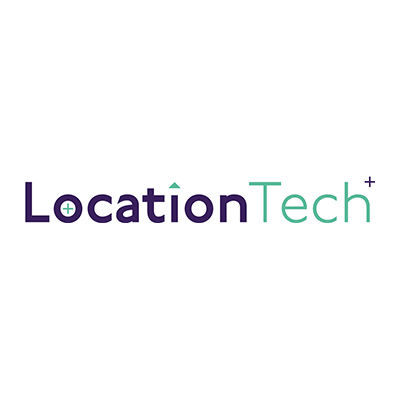Throughout history cartographers have created maps to help us travel to unknown places, to identify locations of interest, and where necessary, to navigate those that may cause us harm. But when that harm is invisible and highly transmittable things get complicated. Current events have shown how location technology can help us manage these invisible threats.
If there’s a tech-based lesson to be learned from COVID-19, it’s that fast-moving viruses demand fast-moving information. Moreover, that information needs to be accurate and accessible. Recently we’ve seen the geospatial community respond to these needs, delivering a range of real-time global-level COVID-19 tracking dashboards. Notable examples include the World Health Organisation Coronovirus Dashboard, HealthMap’s COVID-19 Dashboard and John Hopkins University’s COVID-19 Dashboard.
Local developers have been assisting the New Zealand Government’s response. One News recently reported on Abley’s interactive Locations of Interest tool. Updated every five minutes, the interactive map visualises the Ministry of Health’s Location of Interest Table. Web-based tools like this help members of the public make informed decisions quickly, without having to digest large amounts of information.
Meanwhile, the COVID Tracer app is the centrepiece of New Zealand’s elimination strategy. To date, the app has recorded more than 354 million poster scans — big data that lends perfectly to location technology. On that front, it was great to see the Ministry make its contact tracing APIs available to third-party developers. This type of cooperation fosters smarter decision making and paves the way for further integration down the road.
Ultimately we all depend on each other when it comes to beating pandemics; what better way to highlight that interdependence than through a map.
Ngā mihi,
Sam Drummond
Chair
Location Tech is the voice of location technology and spatial intelligence in New Zealand. Subscribe for our regular updates here.






